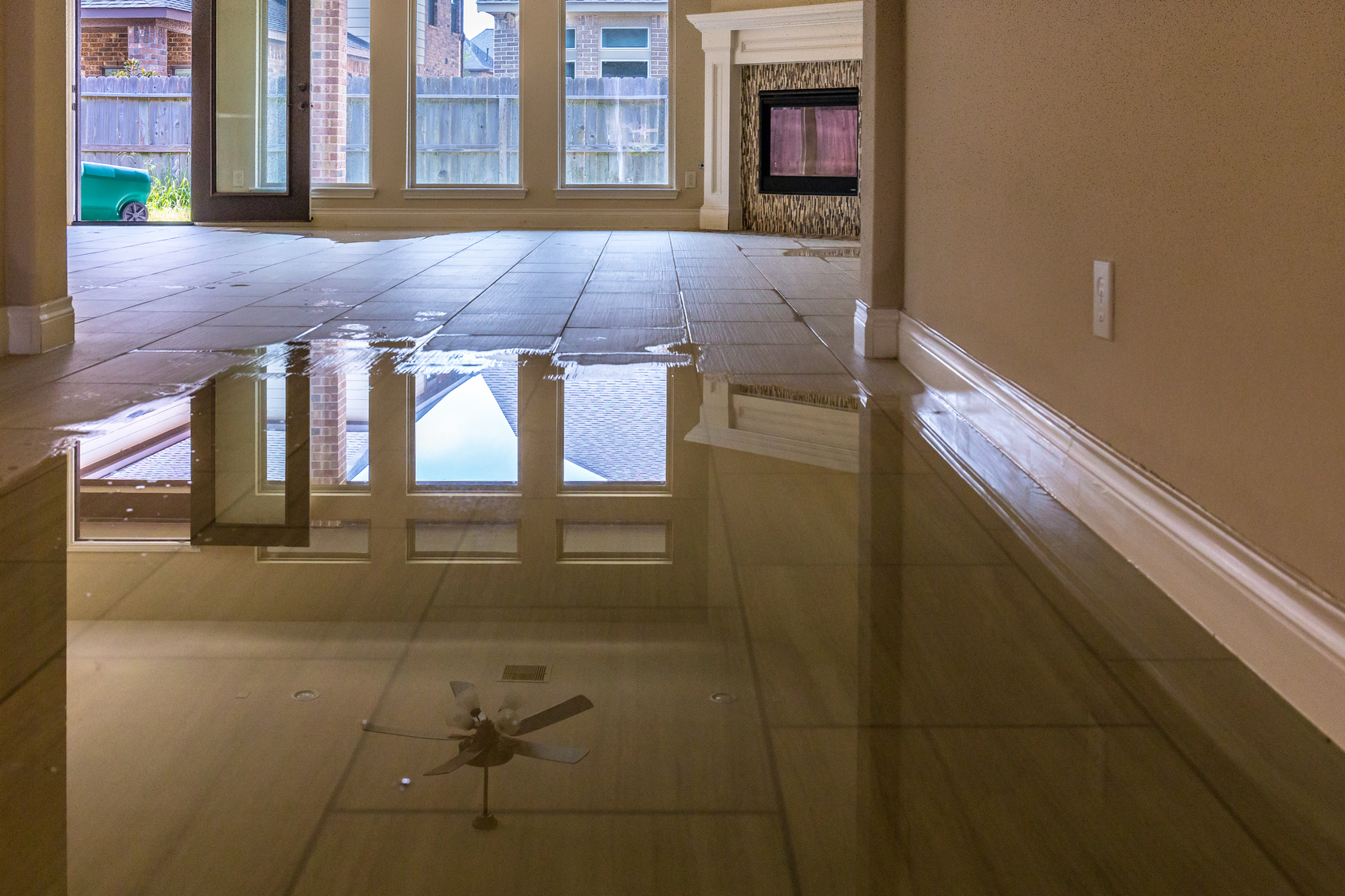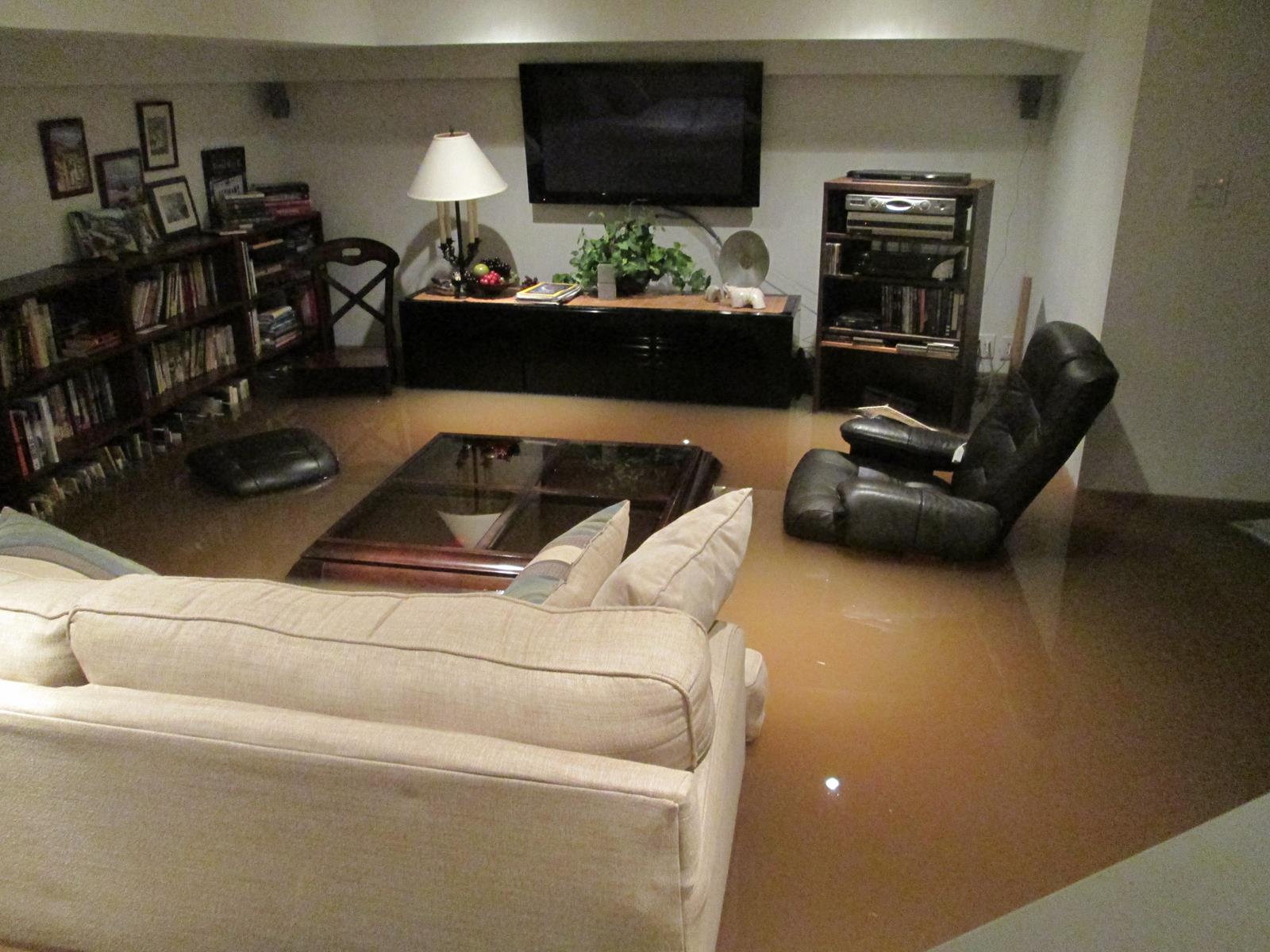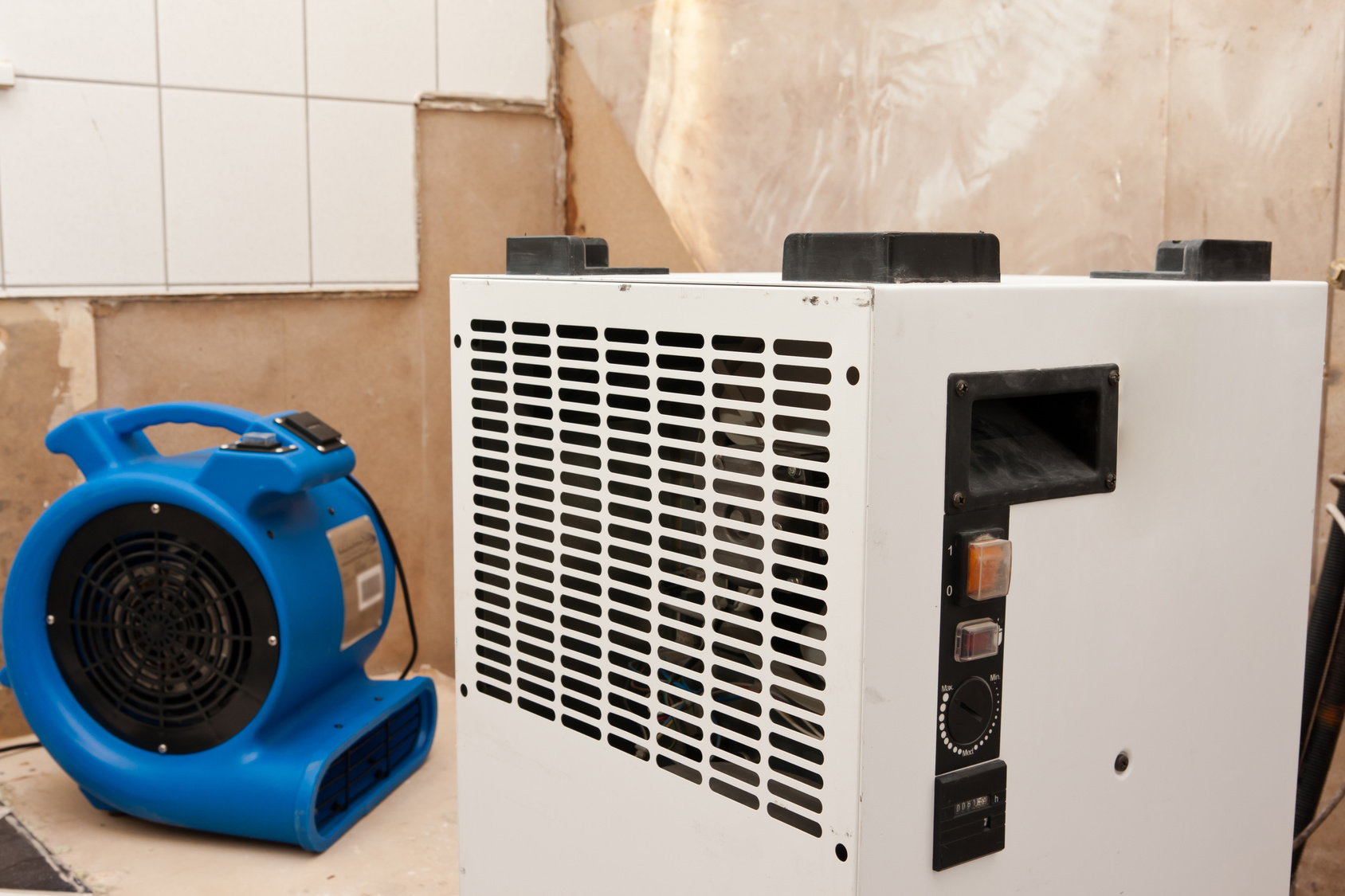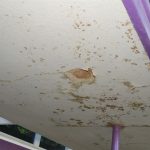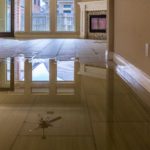Water damage can occur in numerous ways. Weather can cause water damage by way of heavy rainfall and flooding. Internal issues can cause water damage by way of pipe bursts, leaks, and other internal property issues. No matter how water damage occurs, properties are in danger. Porous materials, like wood, are especially at risk for suffering water damage.
What Happens to Water-Damaged Wood?
When excess water and moisture enter a property, porous materials and furnishings absorb it. As this absorption occurs, the materials become weaker. The more water these materials take in, the more damage they sustain. With enough time and absorption, damaged items may experience structural damage and are at risk for mold growth.
Many homes and commercial properties are made using porous building materials ― notably wood ― so enough water damage can cause buildings to become unstable.
If your property has suffered water damage, you need to act immediately to prevent it from spreading. It will take some time for severe harm to occur, so if you act quickly enough, you can limit the damage. Water-damaged wood, in particular, needs to be dried out to avoid becoming unstable.
Continue reading for tips on how to dry water-damaged wood.
1. Keep Yourself Safe
Before you do anything to dry the water-damaged wood in your property, make sure you are safe from dangerous flood waters. If there is standing water, you need to be cautious. The water might be unclean and contaminated with sewage. Knowing this, wear long clothing that covers your limbs, rubber boots, and gloves. Consider wearing a mask and protective eyewear as well.
2. Address the Source of the Water
The source of the water needs to be properly addressed before you can dry the water-damaged wood and other affected property. For example, if there is a pipe leak or burst, first fix the problem to stop more water from pouring in. Otherwise, water will continue to enter your property and cause damage.
3. Remove Standing Water
If your property has flooded, you first need to remove any standing water that remains. As long as excess moisture is present, porous building materials and furnishings will continue to absorb it, which is why water extraction is a key step in the water damage restoration process. That said, remove the standing water to prevent further water damage to wood and other materials.
Depending on how much water remains, simply mopping up the water can be sufficient. Otherwise, consider using a wet/dry vacuum or using buckets and pails to manually remove the standing water.
4. Expose the Water Damaged Wood
In order to dry the water-damaged wood, it needs to be exposed. Wood flooring and cabinets are already out in the open, but the same cannot be said for the wood used to create your property’s structure and framework.
If the wood used for your property’s structure is damaged, remove the drywall, insulation, and other materials in its way. These items have also undergone water damage and likely need to be taken out. This will prevent the materials from being harmed further and will allow the wood some space to dry.
5. Dry Out the Wood
There are several things you can do to dry out the water-damaged wood. First, open up any windows and doors to promote better air circulation, but only do this if the weather permits. You do not need to risk further damage to your property or potential concerns for your own health.
If you have electric fans, set them up throughout affected areas. Place fans in a position that directs air near floor level, providing circulation to water-damaged cabinets and lower wall sections. Dehumidifiers can be of help as well but they are most effective in enclosed spaces, so consider using them in such an area if needed.
Get Professional Help from a Water Damage Restoration Service
Using the provided information, you can dry out the water-damaged wood in your residential or commercial property and prevent additional water damage. However, there are certain situations where your own actions are not enough. Whether the damage is too extensive or you feel unsafe handling the situation yourself, professional water damage restoration services are available to help you.
From water extraction to structural repairs, professional technicians can handle the entire water damage restoration process no matter its cause. Technicians will use advanced water extraction equipment to remove the standing water and then set up drying equipment to extract the moisture from water-damaged wood and other building materials and furnishings. Affected areas will be cleaned, and then structural repairs will be made.
With help from professional water damage restoration services, your water-damaged property will be safe to be in once again.
